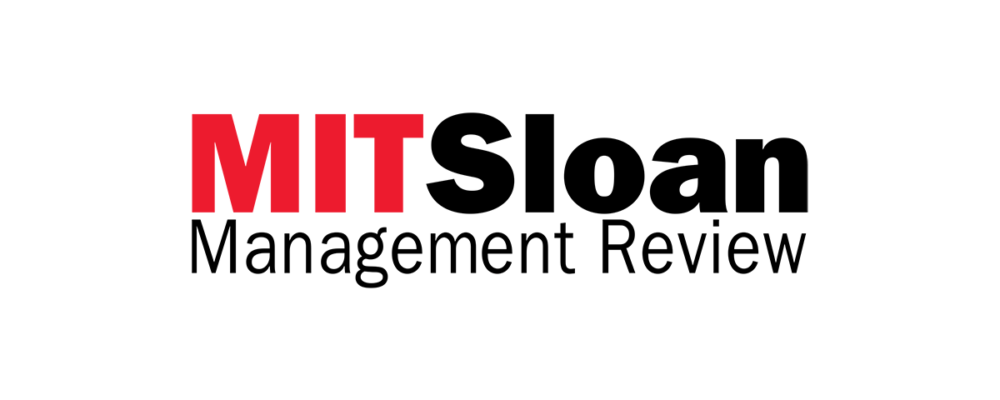Marketers have long benchmarked their budgets against their peers’ spending. But it’s time to seek better metrics than the average budget.
In his 2015 book The End of Average, Todd Rose warns against “averagarians” designing systems based on the mean or judging success in terms of the deviation from the mean. He highlights Gilbert Daniels, an anti-averager hero, whose research in the 1950s led the U.S. Air Force to design planes with personalized cockpit features to suit pilots of all shapes and sizes rather than just the average male pilot — an innovation that dramatically increased safety records.
Marketing strategy also hinges on the principle of acting on differences. Think segmentation: Marketers tend not to design a product or service for the average consumer. Indeed, polarizing brands such as Red Bull pride themselves on the notion that as many people hate their product as love it.
Yet when it comes to marketing budgets, a common but flawed practice is to use average figures touted by well-meaning researchers. Two of the most established CMO surveys that examine marketing budgets are The CMO Survey, conducted biannually by Duke University (and run by this article’s second author since 2008), and Gartner’s annual CMO Spend and Strategy Survey. The CMO Survey has found that 2023 marketing budgets, on average, represent 11% of revenues in the U.S., and Gartner has found that 2023 budgets represent 9.1% of total company revenues across North America and parts of Europe.1
We know from experience that these averages are too often taken at face value. When budgets are lower than average, CMOs inevitably yammer for more spending power. And when they are higher than average, the CFO can find reasons to tighten the financial thumbscrews.
We argue, however, that an average marketing budget can be highly misleading for planning purposes. CMOs should heed the Monty Python film Life of Brian — “You’re all individuals. … You’ve all got to work it out for yourselves!” — and select appropriate peer benchmarks. To help leaders do this, we analyzed marketing budget data through a new lens.
The Key Differentiator: A CMO’s Realm of Control
So if the average marketing budget is not correct, which size does fit? Well, it depends. First, the average glosses over systemic sector differences. As The CMO Survey shows, for example, at an average of 13.9% of revenues, B2C marketing budgets tend to be higher than B2B budgets, which average 9.3%.
References
1. The difference in average budgets may be due to the different samples. Companies in Gartner’s survey are larger. Further, The CMO Survey data shows a negative correlation between total sales and marketing budgets as a percentage of sales.
“The MIT Sloan Management Review is a research-based magazine and digital platform for business executives published at the MIT Sloan School of Management.”
Please visit the firm link to site






